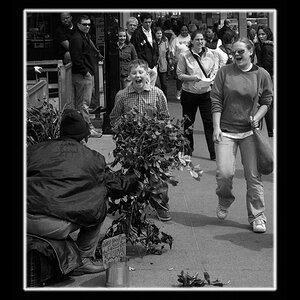JBPhotog
No longer a newbie, moving up!
- Joined
- Mar 26, 2018
- Messages
- 842
- Reaction score
- 337
- Location
- Canada
- Can others edit my Photos
- Photos NOT OK to edit
@adamhiram another consideration for you to think about is aspect ratio. You always hear "fill the frame" but what do you do when you've "filled the frame" on a sensor with its 3:2 aspect ratio, and Mom wants an 8x10 (5:4) or an 11x14 (14:11) Your beautiful image is going to be missing something, or you spend some quality time in PS adding length/width, so you can crop to the correct ratio. A better option for me is a little pre-planning (choice of focal length and required FOV) for the anticipated final image so I have room to crop.
There is an easy fix for shooting in 5:4 aspect ratio if the plan is making typically sized prints. Set your Image Area in the Shooting Menu and choose 5:4, crop marks will be visible and your image captured will be cropped to that aspect ratio. Its always a good practise to leave a bit of breathing room around your subject unless of course you are in tight.





![[No title]](/data/xfmg/thumbnail/37/37603-739c5d9b541a083a12f2f30e45ca2b7b.jpg?1619738147)
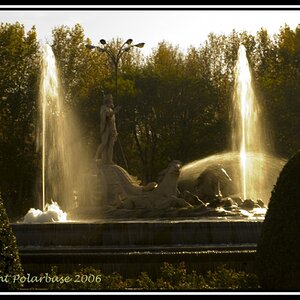
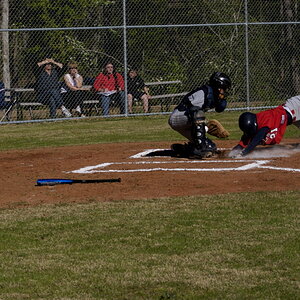

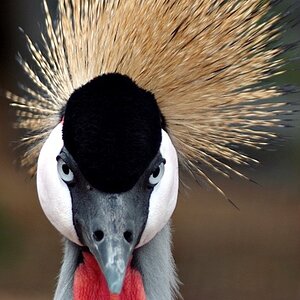
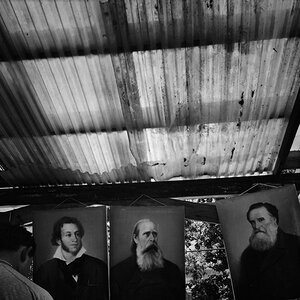

![[No title]](/data/xfmg/thumbnail/35/35878-753a9d58c095f0e1aaa96d03c025f6ce.jpg?1619737205)
